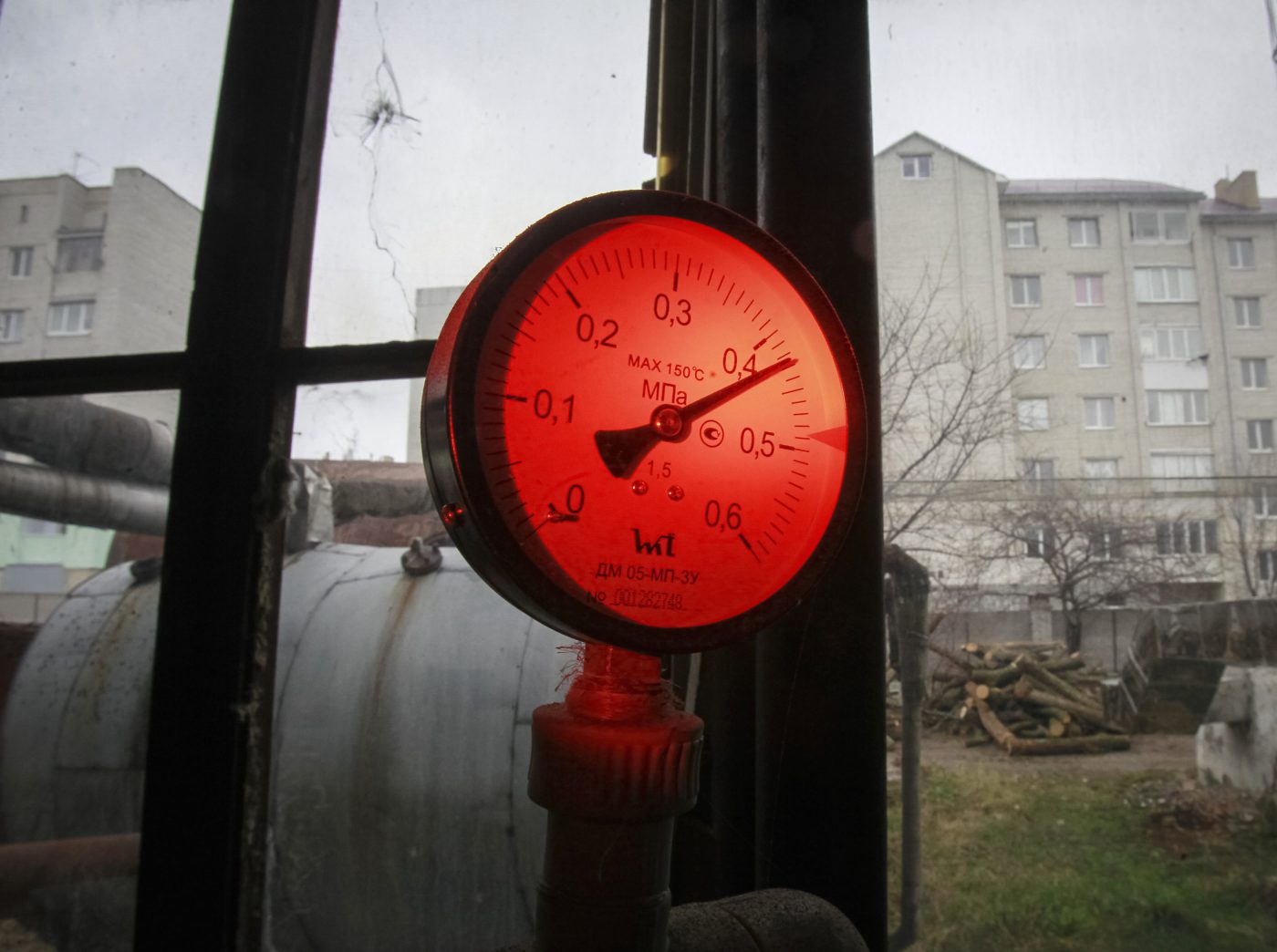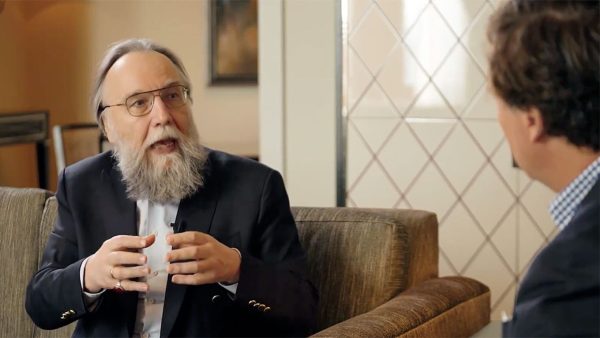Two years after Russia started its full-scale invasion of Ukraine and cut energy supplies as part of its hybrid war on the continent, most European Union (EU) countries have diversified away from Russian gas.
In 2023, Russian pipeline deliveries represented less than 10% of the bloc’s total imports, down from about 40% in 2021, according to data from European storage operators. And more than half traveled through Ukraine, using just 10% of its pipeline capacity.
This translated into annual revenue of $800m in transmission fees, representing a modest 0.46% of Ukrainian GDP. The money was mostly used to pay for essential operating costs, including routine pipeline maintenance, and barely offset the expenses involved.
With the looming expiry of the current transit contract at the end of this year, a significant turning point is in sight. If the agreement is extended, it is likely there would be changes to the volume and structure of the deal.
Under its existing five-year contract with Kyiv, Russia reserves a daily transmission capacity of 109m cubic meters (mcm). After the deal ends in December, bookings are likely to fall to 40 mcm/day – the current level of physical flow through Ukraine, further reducing revenues.
Since such transit payments are not critical to the Ukrainian economy, Kyiv is poised to end its longstanding and tumultuous gas partnership with Russia. It would signify a bold step away from an era marked by Kremlin manipulation and malevolence.
At the same time, it would present an opportunity for the EU to expedite its energy independence and break free from reliance on Russia by 2025, a full two years ahead of the schedule outlined in its landmark REPowerEU policy.
Such a proactive stance would not only reinforce the region’s commitment to energy autonomy but also align with the broader vision of a secure, self-reliant, and sustainable energy future for Europe.
However, this critical transition hinges on more than just national resolve. It requires the robust and unequivocal support of the EU’s leadership. And recent developments point to a difficult road ahead for Ukraine if it decides to end its gas agreement with Moscow.
The January visit to Kyiv by Robert Fico, Slovakia’s Kremlin-friendly prime minister, suggested the few countries still relying on Russian gas may prevent Ukraine from turning the corner while frustrating efforts to reduce the EU’s vulnerability to Russian political blackmail.
Key buyers such as Austria, Italy, and Slovakia imported or transited about 11 billion cubic meters of Russian gas via Ukraine last year, according to global energy data provider ICIS. Most of these volumes can be replaced.
But continuing the cheap imports is tempting and is likely to be motivated by political bonds with the Kremlin as well as financial gains.
During his visit, Fico called on Ukraine to extend the transit agreement beyond the end of the year, with an eye on revenue from Slovakia’s own transit arrangements with Russia, as well as cheap supplies to meet domestic demand.
Russia has historically relied on Ukraine and Slovakia to pipe its exports to European buyers, and even though transit flows are currently a fraction of those contracted, Slovakia expects to be paid in full for the remaining four years of its multi-million-dollar “ship-or-pay” transit agreement.
While 140mcm/day of transmission capacity on the Ukraine-Slovakia border is booked until 2028, the physical flows are only around a fifth of that.
If the Ukrainian agreement isn’t renewed at the end of 2024 and flows stop, it would make Slovakia’s own lucrative transit deal pointless for Gazprom and potentially provide Russia with an excuse to stop paying.
Fico is fully aware that Kyiv requires EU-wide support, including from Slovakia, to advance its accession negotiations and knows Ukraine depends on his country to import gas from Western Europe and develop its underground storage business.
This puts Ukraine in a difficult position and, although Kyiv has insisted it would not negotiate directly with Gazprom, it may be forced to.
Even if European buyers arrange to take the gas themselves on the Ukrainian-Russian border, the Ukrainian gas grid operator GTSOU would still have to agree on the technical details of the transit with Gazprom.
Without a firm and clear stance from the EU’s top echelons, Ukraine faces a daunting challenge as it untangles itself from the intricate web of energy dependencies under pressure from a handful of member states.
The situation underscores the need for a united and decisive approach, ensuring that the journey towards energy security is not just a national baby step but a collective stride.
Sergiy Makogon was CEO of GasTSO of Ukraine (2019-2022) and is an energy expert with extensive experience in the European and Ukrainian gas markets.
Aura Sabadus is a senior energy journalist writing for Independent Commodity Intelligence Services (ICIS), a London-based global energy and petrochemicals news and market data provider.
Europe’s Edge is CEPA’s online journal covering critical topics on the foreign policy docket across Europe and North America. All opinions are those of the author and do not necessarily represent the position or views of the institutions they represent or the Center for European Policy Analysis.





